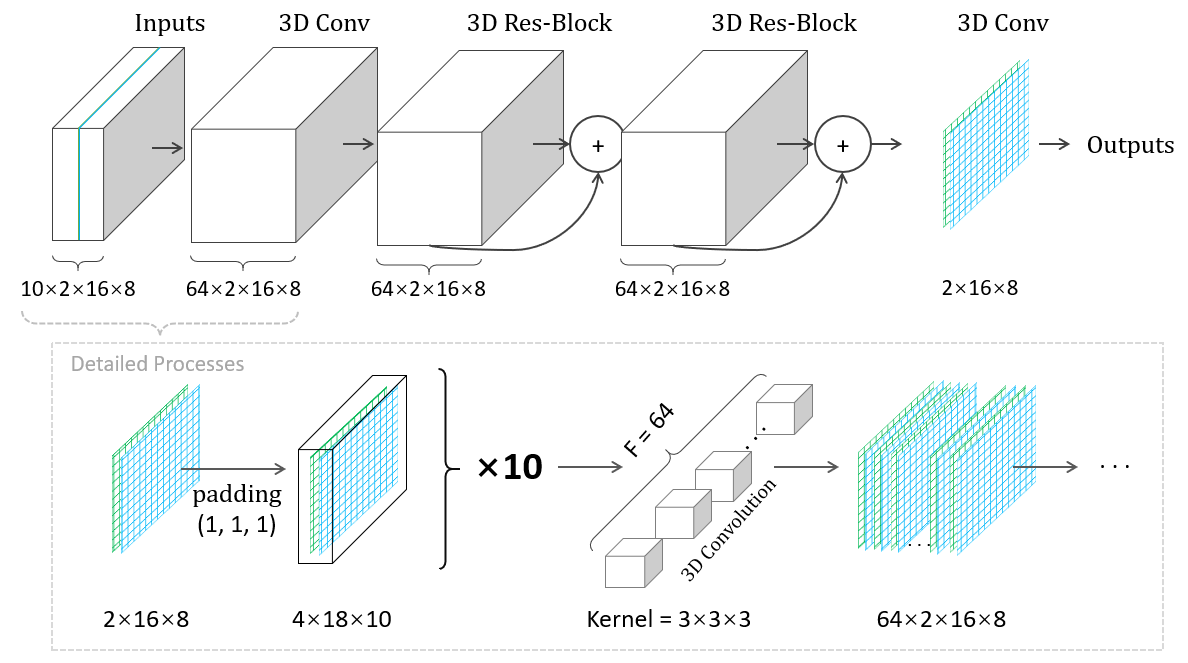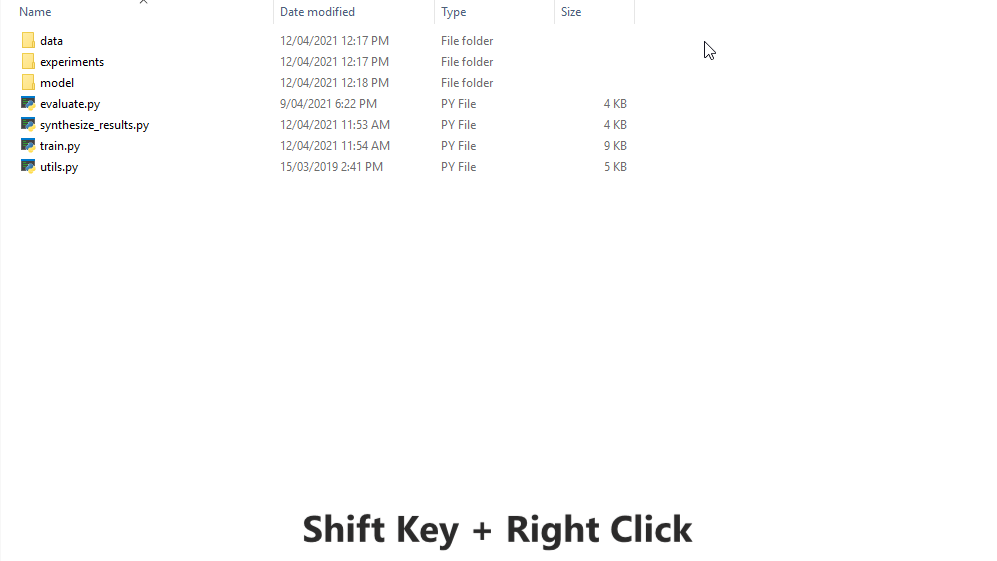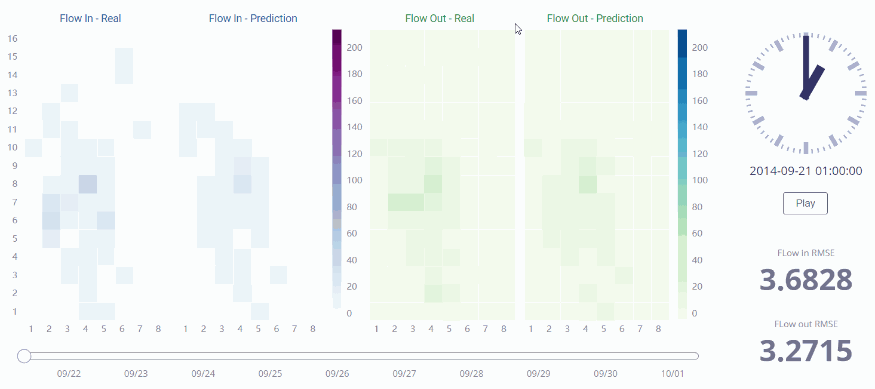This is an open-source (MIT) Pytorch based code repository (3DResNet) for the following paper:
"Wang, B., Vu, H.L., Kim, I. and Cai, C., 2021. Short-term traffic flow prediction in bike-sharing networks. Journal of Intelligent Transportation Systems, pp.1-18."
It is designed to perform 3D convolution to capture more complex spatiotemporal features in traffic prediction problems. A bike-sharing dataset is used for the demonstration, and the input data, in this case, should contain 4 dimensions: (1) historical timesteps, (2) traffic flow types (in and out), (3) grid width, and (4) grid height.
The open-source bike-sharing dataset is from "Zhang, J., Zheng, Y. and Qi, D., 2017, February. Deep spatio-temporal residual networks for citywide crowd flows prediction. In Proceedings of the AAAI Conference on Artificial Intelligence (Vol. 31, No. 1)."
The original link is https://github.com/lucktroy/DeepST/tree/master/data/BikeNYC (removed by the author now). The copy can be found at main/data/NYC14_M16x8_T60_NewEnd.h5 in this repository.
In this repository, we have implemented the following NN-based models:
- 3DConvNets (this project) proposed in "Wang, B., Vu, H.L., Kim, I. and Cai, C., 2021. Short-term traffic flow prediction in bike-sharing networks. Journal of Intelligent Transportation Systems, pp.1-18."
- SRCNs from "Yu, H., Wu, Z., Wang, S., Wang, Y. and Ma, X., 2017. Spatiotemporal recurrent convolutional networks for traffic prediction in transportation networks. Sensors, 17(7), p.1501."
- ST-ResNet from "Zhang, J., Zheng, Y. and Qi, D., 2017, February. Deep spatio-temporal residual networks for citywide crowd flows prediction. In Proceedings of the AAAI Conference on Artificial Intelligence (Vol. 31, No. 1)."
- ResNet34 from "He, K., Zhang, X., Ren, S. and Sun, J., 2016. Deep residual learning for image recognition. In Proceedings of the IEEE conference on computer vision and pattern recognition (pp. 770-778)."
Their details can be found in main/model/net.py and main/model/deepst.py. Please feel free to add your own models or other baseline models into net.py for comparison.
The PyTorch training and evaluation framework is based on this work: https://github.com/cs230-stanford/cs230-code-examples.
The following Python packages are required:
- h5py
- tqdm
- PyTorch 1.8 with CUDA
The codes are located in main folder. Available options:
(1) Train a single model (available names: ResNet3D, STResnet, SRCNs, and ResNet34):
python train.py --model ResNet3D
(2) Train all models in experiments folder:
python train.py --model all
(3) Synthesize all experimental results:
python synthesize_results.py
An example on Windows 10 with PowerShell:
An interactive forecasting result can be found in http://resuly.me/projects/3DResNet/flow.html
@article{
doi:10.1080/15472450.2021.1904921,
author = {Bo Wang and Hai L. Vu and Inhi Kim and Chen Cai},
title = {Short-term traffic flow prediction in bike-sharing networks},
journal = {Journal of Intelligent Transportation Systems},
volume = {0},
number = {0},
pages = {1-18},
year = {2021},
publisher = {Taylor & Francis},
doi = {10.1080/15472450.2021.1904921}
}


